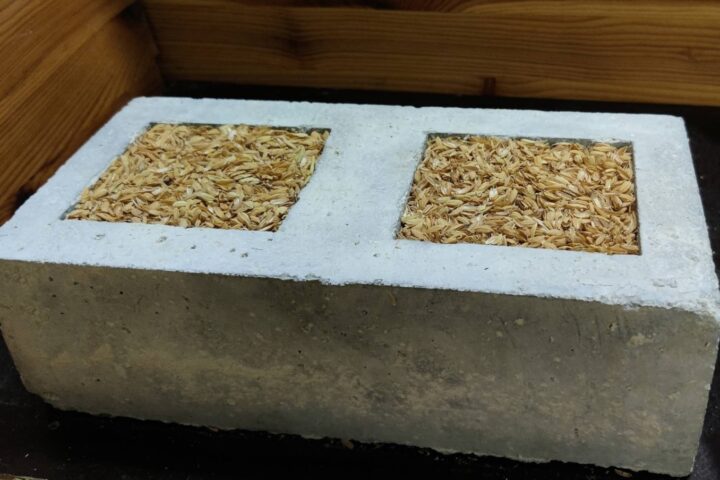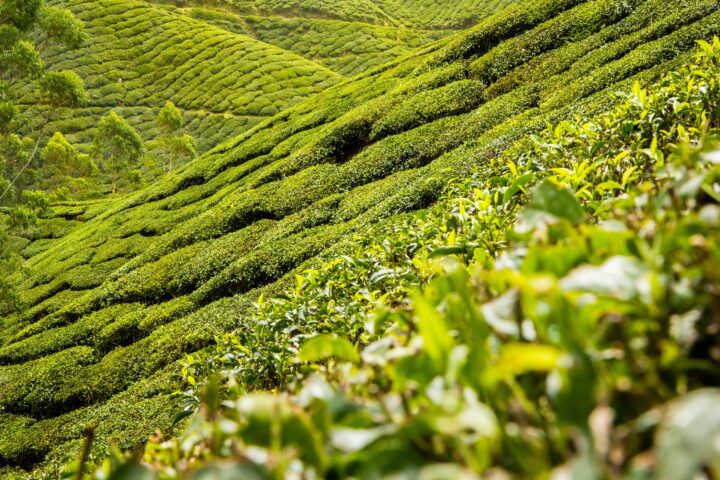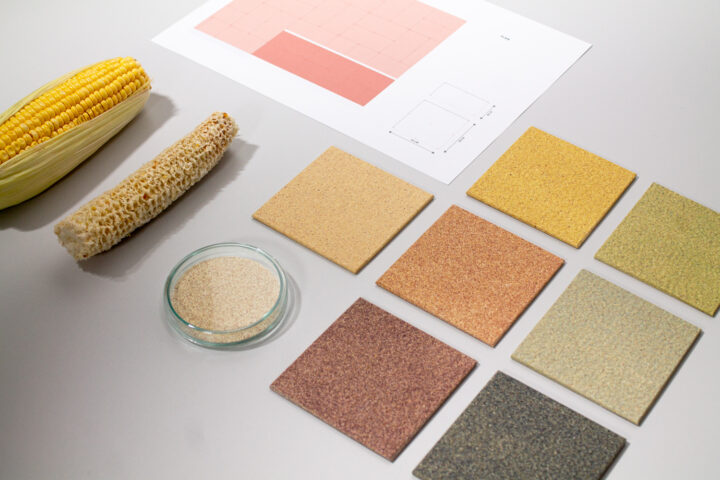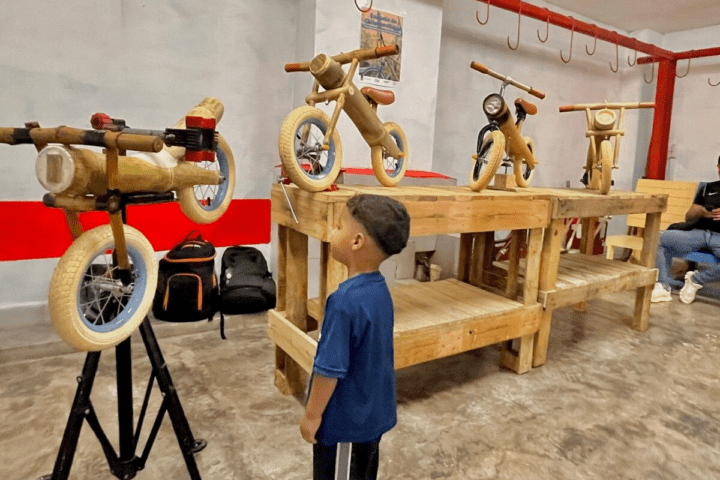To combat the increase in space debris, scientists from Kyoto University have developed a wooden satellite designed to burn up upon reentry into Earth’s atmosphere.
The world’s first wooden satellite, named LignoSat, was developed by researchers from Kyoto University and Sumitomo Forestry. It was presented during a press conference at Kyoto University on May 28, 2024. This experimental cubic satellite measures 10 cm on each side. Upon the satellite’s return to Earth, its creators anticipate that the wood will completely burn up upon contact with the atmosphere, thereby preventing the formation of metallic debris that poses dangerous collision risks.
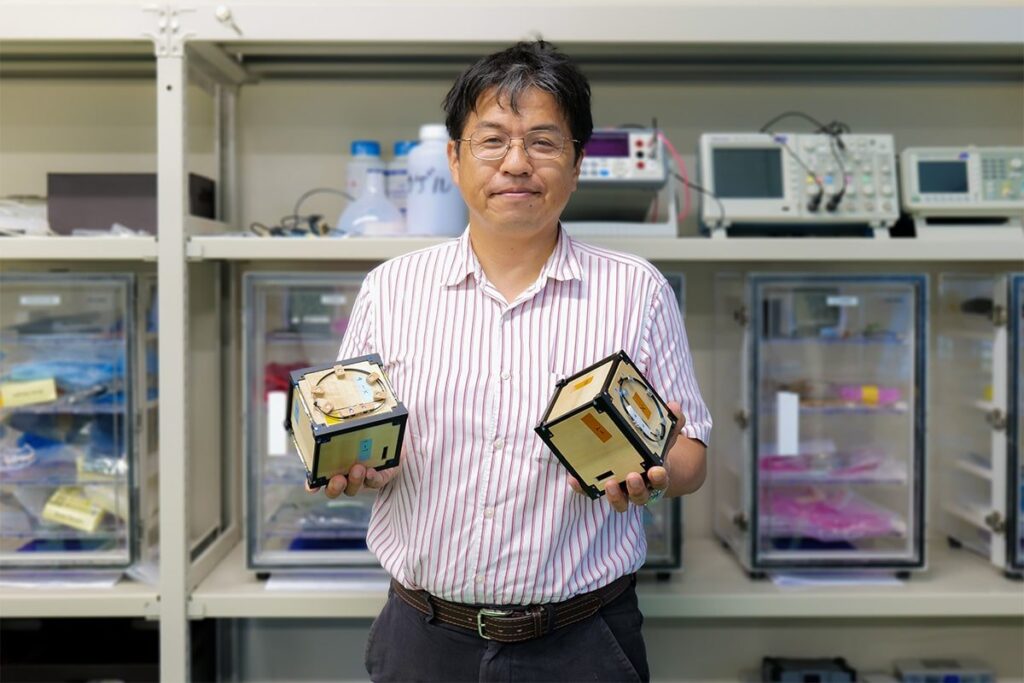
Professor Koji Murata of Kyoto University Graduate School, who conducted exposure experiments in space on candidate wood materials to be used in the satellite on the International Space Station ( ISS ) Photo Credits: JAXA
During a press conference, Takao Doi, an astronaut and special professor at Kyoto University, emphasized the need to prioritize satellites that are not made of metal. Developers plan to deliver this satellite, made from magnolia wood and called LignoSat, to the Japanese space agency JAXA in early June.

Engineering models of wooden satellites that have been made so far. The size, thickness of the boards, and shape of the frame that supports the perimeter have been updated over and over again. Photo Credits: JAXA
It will then be launched into space aboard a SpaceX rocket from the Kennedy Space Center in September, bound for the International Space Station (ISS), they specified. The satellite will later be released from the Japanese experimental module on the ISS to test its resilience and durability in space. Sumitomo Forestry indicated that data from the satellite would be transmitted to researchers, who would then be able to monitor for signs of tension and assess its ability to withstand significant temperature fluctuations.

Wooden satellites are made using joinery techniques that do not require the use of screws or nails. Photo Credits: JAXA
Researchers at Kyoto University in Japan have developed a method to use human induced pluripotent stem cells (iPSCs) to mass-produce cells capable of transforming into human eggs.
A group led by Professor Mitinori Saitou from the Institute for Advanced Study at Kyoto University discovered a technique to create stem cells for reproductive cells from human iPSCs, and then transform them into oogonia, which form eggs.
When researchers added a protein called BMP to the stem cell culture, they successfully generated enormous quantities of oogonia.
Similar Posts
The group claims to have also successfully mass-produced cells that transform into sperm using the same methods.
Professor Saitou stated that his team aims to apply this method to medical care, such as treating infertility.
Recently, a rocket carrying another satellite—a collaboration between the European Space Agency and JAXA—launched from California for a mission to study the role clouds could play in combating climate change. This satellite, named Earth CARE, will orbit nearly 400 km above Earth for three years.
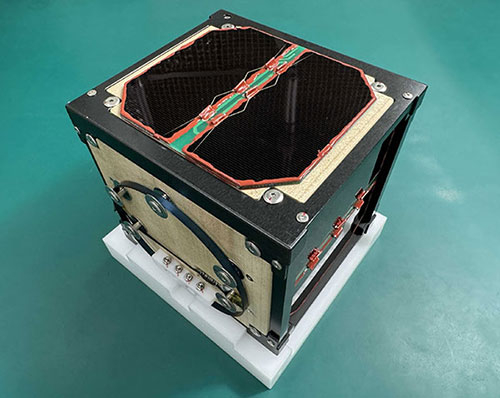
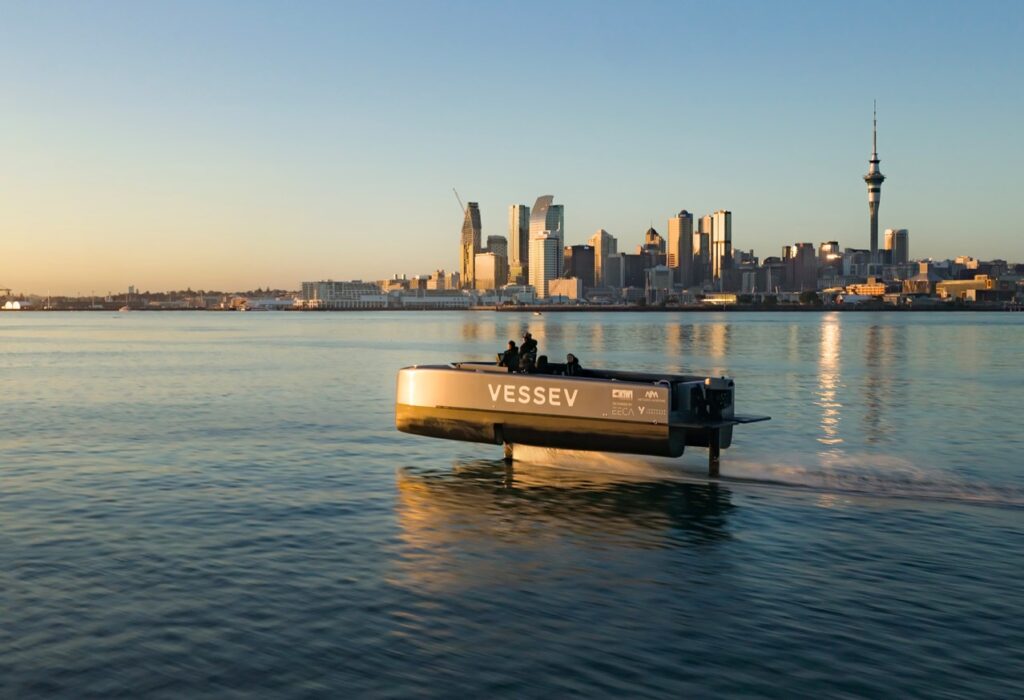

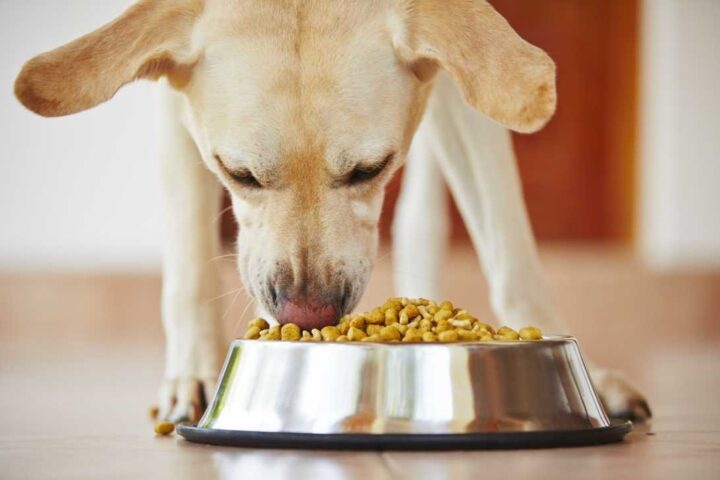


![Mina do Bugalho, Portugal [2011]. Photo Source: almoço no zé unta (CC BY-SA 2.0)](https://www.karmactive.com/wp-content/uploads/2025/05/500px-Portuguese_Lunch-500x480.jpg)

